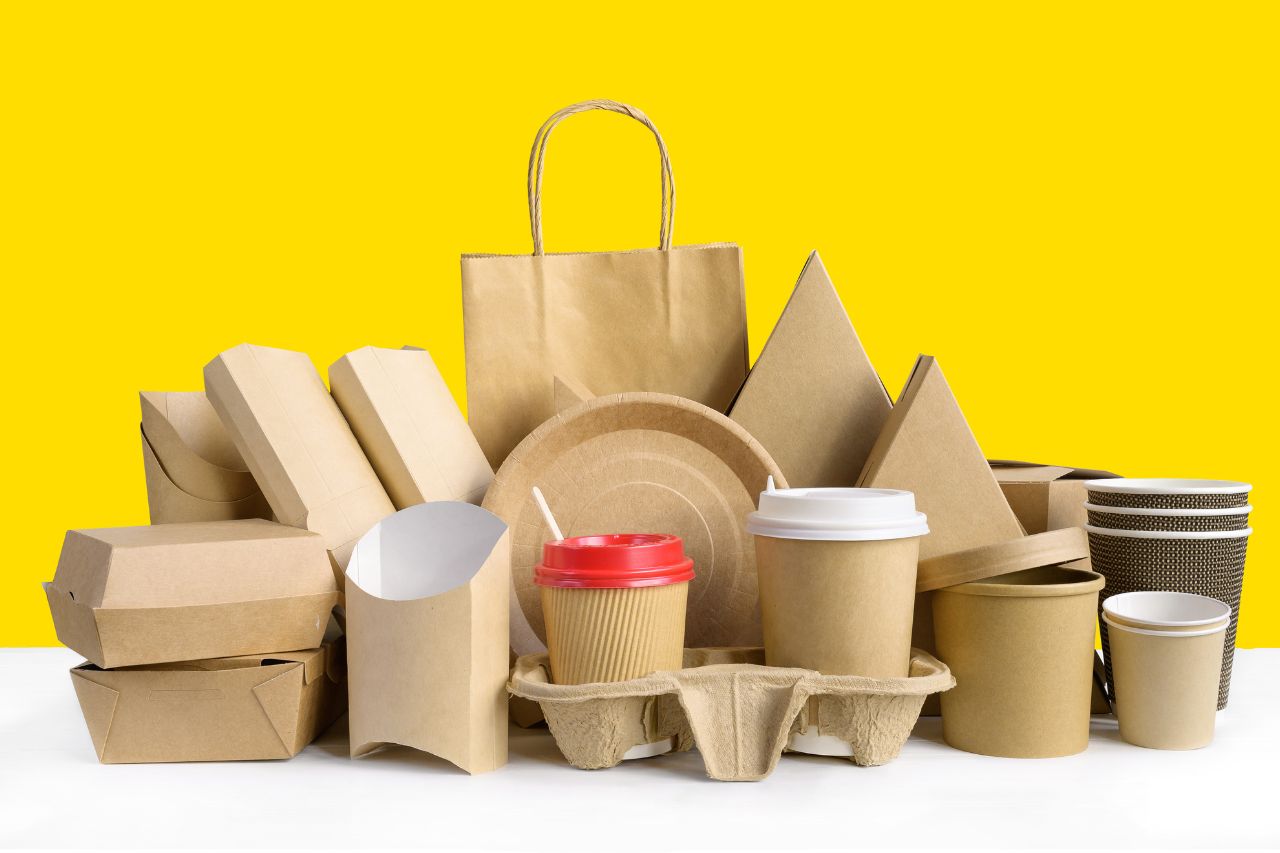
05 Sep Your Guide to Chipboard Packaging
The Ultimate Guide to Chipboard Packaging
Chipboard packaging has revolutionized the packaging industry with its cost-effective and eco-friendly properties. This guide will provide an in-depth understanding of chipboard packaging, its uses, and its advantages.
What is Chipboard Packaging?
Chipboard is a packaging material made from wood pulp. It’s thicker and more durable than a sheet of paper but doesn’t have the corrugated channels inside that most cardboard does. This makes it more cost-efficient and space-saving. Chipboard comes in a variety of thicknesses to cater to different needs.
Uses of Chipboard Packaging
Chipboard packaging is versatile and finds its application in various sectors. The flexible nature of chipboard allows it to be cut and folded into different sizes and thicknesses of boxes, making it a common choice for retail packaging. Some examples of chipboard packaging include:
Food Packaging:
Chipboard is widely used for packaging food items due to its robustness and easy-to-fold nature.
Pharmaceuticals:
For medicine boxes, chipboard provides a sturdy and safe packaging option.
Beauty Products:
The flexibility and strength of chipboard make it suitable for packaging beauty products.
Household Items:
Items like light bulbs and notebooks often come packaged in chipboard.
Benefits of Chipboard Packaging
The benefits of using chipboard packaging are numerous:
1) Strength:
The density of chipboard cardboard gives it greater strength, making it less susceptible to damage.
2) Cost-Efficiency:
Without the corrugated channels found in most cardboard, chipboard is a more cost-effective option.
3) Space-Saving:
Chipboard’s flat surface, without any hollow internal spaces like in cardboard, saves space in storage and transportation.
4) Eco-Friendly:
Made from recycled paper and wood particles, chipboard packaging is a sustainable choice for businesses.
Chipboard vs. Cardboard
While chipboard and cardboard may seem similar, they have distinct differences. Chipboard is not corrugated like cardboard, meaning it’s not hollow internally. This gives chipboard greater density and strength, making it a popular choice for packaging consumer goods.
Choose Albert Paper Products
Chipboard packaging offers an array of benefits, including strength, cost-efficiency, and sustainability. Whether you’re a small business owner looking for packaging solutions or a consumer interested in sustainable choices, chipboard packaging could be the perfect fit for your needs. At Albert Paper Products, we want to ensure that your products get sent safely and effectively. Contact us today to learn more about our chipboard options!

